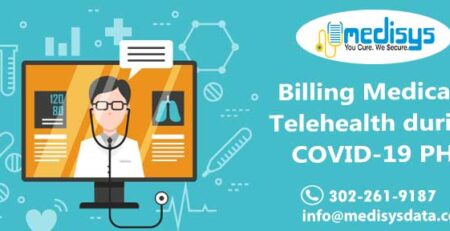Targeted Medicaid growth, boosting state contributions to Affordable Care Act marketplace grants, or a hybrid of these options may help rise payer coverage affordability. Healthcare coverage is far away out of reach for many low-income Americans due to healthcare cost. But 3 innovative solutions for Connecticut might shed light on how to boost payer coverage affordability, according to recent the Connecticut health foundation report.
Individuals who are not eligible for Medicaid can buy coverage on Connecticut’s health insurance exchange, Access Health CT. That coverage is subsidized, but still costly for these low-income residents:
- At 139% of poverty, a single individual earns $1,478 monthly and would pay, on average, monthly premiums of $56 for the most commonly selected plan. Some insurance plans have lower premiums but a significant deductible while others have higher premiums but no deductible;
- At 200% of poverty, a single individual earns $2,127 monthly and would pay, on average, $143 in monthly premiums for the most commonly selected plan, with an annual deductible of $650.
A major incentive for this approach is that the federal government would cover half of beneficiary healthcare spending under Medicaid. The proposal could also streamline coverage for low-income families and increase coverage statewide.
However, Medicaid eligibility would make the new people of beneficiaries’ unqualified for subsidized coverage on the state’s Affordable Care Act marketplace. Moreover, providers could lose income if more individuals shift from the marketplace to Medicaid.
The state could also apply for federal funding, but that would require a federal waiver and for the federal government to green light the waiver, which could take some time. In contrast, using state funds, Connecticut would not have to receive federal approval.
Massachusetts and Vermont have taken this approach, the report noted. Massachusetts reduced premiums by $40 and saw a 14 to 24 percent increase in enrollment, particularly visible among low-income individuals.
Earlier, state policymakers well-thought-out creating a public option to resolve the absence of affordable coverage. However, the program toward this solution failed. Many blame Cigna and other payers for the failure of the public option proposals.
As low-income people across the nation fight to access coverage due to healthcare charges, these strategies may indicate a path forward.
Connecticut health foundation report stated that, “Despite significant gains in coverage, health insurance is unaffordable to many low-income adults in Connecticut. The economic recession caused by COVID-19 will both heighten the need for affordable coverage among Connecticut’s population and constrain the state’s ability to address the affordability gap. The options reviewed here would help increase the affordability of health care coverage for residents with incomes between 139% and 200% FPL, the group with the greatest need given their low incomes and lack of access to Medicaid. While these options entail some state costs, by providing coverage to a sizeable portion of the state’s remaining uninsured population they also would bring longer-term benefits to the state.”
Are You Ready to Get Billing?
Want to have an error-free billing and coding expert at your work? You are at the right place, what you need now is a partner who can finish out the rest of the work and make the technology and implementation just as simple. That’s what the best medical billing company like Medisys Data Solutions Inc can do. If you’re ready to get started, schedule a meeting with our medical billing manager from filling out enquiry form from our website!











